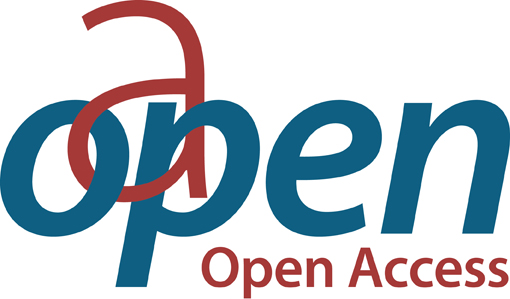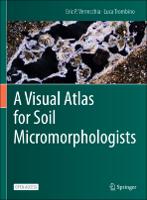A Visual Atlas for Soil Micromorphologists
Author(s)
Verrecchia, Eric P.
Trombino, Luca
Collection
Swiss National Science Foundation (SNF)Language
EnglishAbstract
This open access atlas is an up-to-date visual resource on the features and structures observed in soil thin sections, i.e. soil micromorphology. The book addresses the growing interest in soil micromorphology in the fields of soil science, earth science, archaeology and forensic science, and serves as a reference tool for researchers and students for fast learning and intuitive feature and structure recognition. The book is divided into six parts and contains hundreds of images and photomicrographs. Part one is devoted to the way to sample properly soils, the method of preparation of thin sections, the main tool of soil micromorphology (the microscope), and the approach of soil micromorphology as a scientific method. Part two focuses on the organisation of soil fragments and presents the concept of fabric. Part three addresses the basic components, e.g. rocks, minerals, organic compounds and anthropogenic features. Part four lists all the various types of pedogenic features observed in a soil, i.e. the imprint of pedogenesis. Part five gives interpretations of features associated with the main processes at work in soils and paleosols. Part six presents a view of what the future of soil micromorphology could be. Finally, the last part consists of the index and annexes, including the list of mineral formulas. This atlas will be of interest to researchers, academics, and students, who will find it a convenient tool for the self-teaching of soil micromorphology by using comparative photographs.
Keywords
Soil micromorphology; Soil fragments; Fabric; Microstructures; Pedogenic features; Biominerals; Open accessDOI
10.1007/978-3-030-67806-7ISBN
9783030678067, 9783030678067Publisher
Springer NaturePublisher website
https://www.springernature.com/gp/products/booksPublication date and place
2021Grantor
Imprint
SpringerClassification
Sedimentology and pedology
Geomorphology and geological surface processes
Chemistry of minerals, crystals and gems


 Download
Download Web Shop
Web Shop